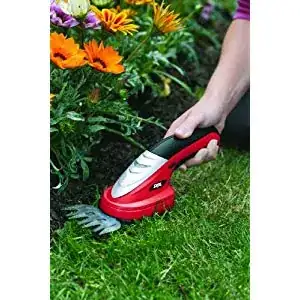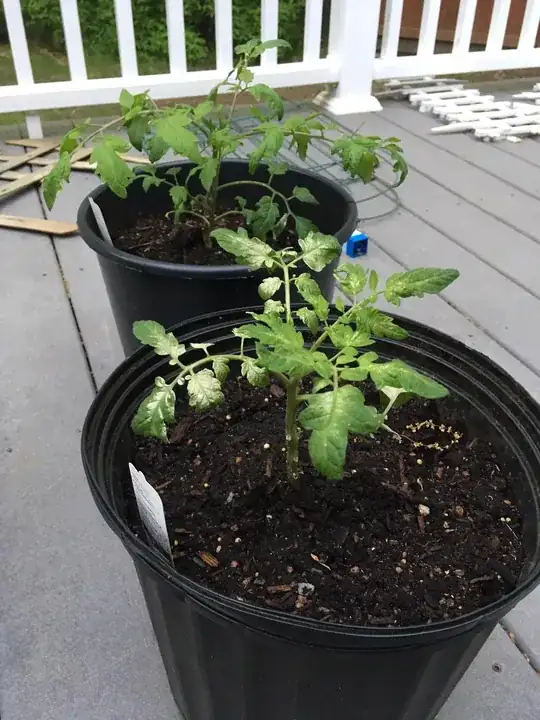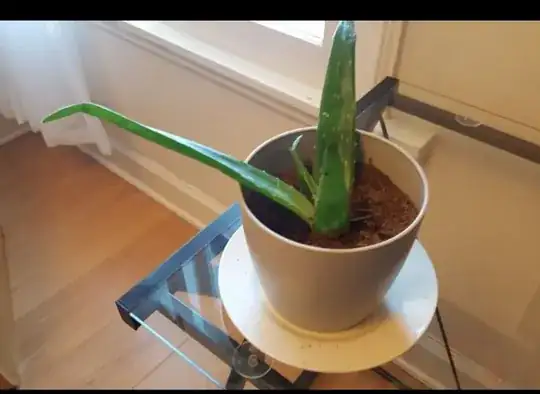That looks like nutsedge. You can find out for sure by digging up a small clump and looking for the characteristic "nutlets" among the roots. I think I see a nutlet in the dirt patch to the right of the blue circle in your photo, but it's hard to be sure from the photo. (Incidentally, nutsedge nutlets are edible as long as you haven't already put herbicide on the plants. They're crunchy, but pretty bland. A lot like a Chinese chestnut.)
 (image source same as above link)
(image source same as above link)
There are lots of sources of info on how to kill nutsedge. Here's a factsheet from Purdue University: Yellow Nutsedge Control.
You can control outbreaks of nutsedge by digging out the individual plants (be sure to get rid of all the nutlets, because each one can grow a new plant) or with nutsedge-specific herbicides. However,
The best method for controlling yellow nutsedge (and other weeds) is to grow a healthy, dense, vigorous stand of turf that can compete with weeds. Encourage dense turf stands by following proper turf maintenance practices, including fall fertilization, proper irrigation, frequent mowing at the proper height, and over-seeding as needed.
Yellow nutsedge is most problematic in turf that is mown too short, and it thrives in areas where soils remain moist from poor drainage or overwatering. However, yellow nutsedge can also be a problem in well-drained areas, especially thin turf.
Your lawn doesn't have much healthy turf grass in it. I see lots of other weeds, including dandelions and possibly creeping charlie. Between weeds, I see lots of thatch buildup. I'd recommend reading a lawn maintenance guide to get an overall idea of things you can do to improve your lawn health. Removing the existing lawn and replacing it with fresh sod would be the fastest and simplest fix, but it's not cheap. The other option is planting grass seed, probably first doing some weed control, raking out some of the thatch and putting down a thin layer of fresh soil. That way is much less expensive, but it takes more work and much more time (possibly several years) before your lawn will look good. There's a good discussion of how to choose between sod versus grass seed on page 9 of this guide. The Royal Horticultural Society also has a selection of lawn management guides that should provide information that's more locally relevant to you there in the UK.


